The sacred Arkteia dance, performed in honor of Artemis, is not just a sacred ritual. It is the very embodiment of the soul's path to restoration. In the ancient mysteries surrounding Artemis, the dance was a primal act of communion with the wild, a return to the deepest, most liberated aspects of the human soul. A path of the soul’s reclamation from the confines of societal expectation and trauma, guiding the person back to the wildness and truth of their own nature. Artemis, the goddess of the hunt, the moon, and wilderness, emphasizes a restoration of the soul through the reclaiming of primal power and truth.
Her very essence calls for people to reconnect with their unfiltered selves, beyond the masks of persona and beyond the fragmentation that life often inflicts. Artemis’ wilderness is not just an external place, but a reflection of the inner landscape where the soul can be healed, stripped of the falsehoods it has been taught to embrace, and restored to its original, wild wholeness. The wilderness journey, is the heroine's journey into the unconscious. Guided by Artemis, but also figures like Hecate as psychopomp and the Sovereignty Goddess.

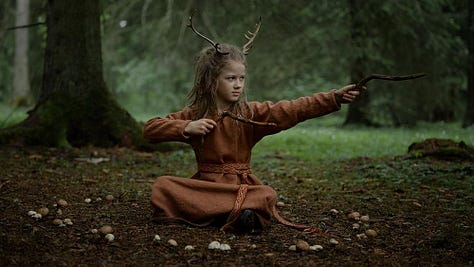
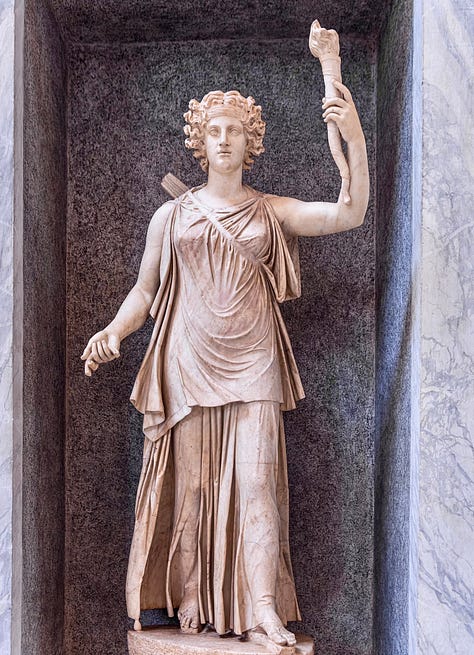
Hecate, the ancient goddess of magic, crossroads, and the night, is the one who holds the torch in the darkness, lighting the way through the wilderness of the unconscious. Where Artemis offers the sanctuary of the wild, Hecate invites those on this journey to face the shadow. Hecate does not shy away from the darkness; she understands that to heal, one must descend into the depths and confront the parts of the self that have been left behind. Her role is one of transformation through facing and integrating the unconscious wounds, traumas, and fears. She is not the goddess who offers easy answers but the one who empowers through self-awareness, acceptance, and the reclamation of the power that resides in the places we often fear to look.
The Sacred Grove
The grove of the Arkteia, is a sacred feminine space within the most sacred enclosure, established by Artemis. Central to the Arkteia dance is its embodiment of this wildness. In the sacred grove, where Artemis' arktoi, her bears, dwell, the dance becomes a channel for spiritual cleansing. As the young women, chosen to serve Artemis in this sacred capacity, wear the saffron Krokotos, they step into a space of transformation. The saffron Krokotos, representing the bear, invokes the primal nature of the goddess, as the bear is a creature that navigates between the wild and the protected, between life and death, between the known and the unknown. In this sacred dance, the young women enter into a direct communion with the wild, shedding the layers of disconnection and suffering they have endured, and moving towards the integration of their soul’s deepest truths. Instead of being haunted by the masculine energy that devours them, akin to the patriarchal and controlling Kronos, they are here liberated.
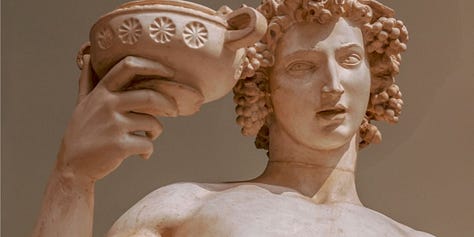
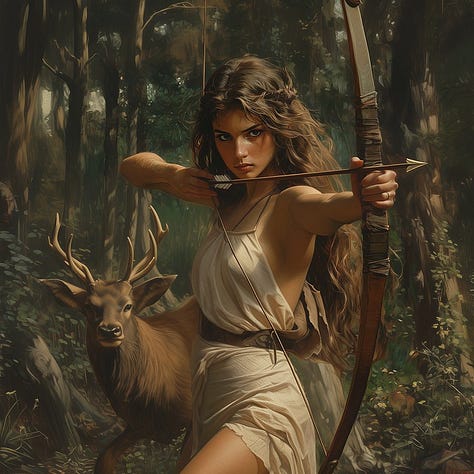

Hermes and Bassareus (in his Dionysian reborn form), helping them in their quest for wholeness. In this journey, however the role of Artemis is also indispensable. She is the protector of the vulnerable, the guardian of the soul’s untamed truths. The Arkteia is a sanctuary for those who have been wounded, who have been orphaned by the world, who have been abandoned by the structures that were supposed to nurture and protect them. Artemis offers them a safe space where they are not only empowered but also seen in their vulnerability.
She guides them into the wildness of their grief, not as something to be fixed or eliminated, but as something to be honored and integrated into their being. She is the great bear. And for Lucia, before she became a child of Nyx, she was an embodiment of the wounded inner feminine, the orphaned feminine child. Lucia in this form represents the lost, abandoned feminine energy that has been cut off from its primal roots, torn between the demands of a world that cannot hold her grief and the longing for healing.
The Journey of Lucia
As a mortal woman, orphaned and rejected, Lucia symbolizes the soul in need of restoration, the inner child who has been orphaned by a society that cannot offer the compassion and protection needed for deep healing. A world that was ruled by Kronos, and a masculine that did not see her truth or her true being. Her entry into the sacred space of Artemis’ wildness is the place of her being stripped apart, where she sheds her robe, her persona, and loses all she thought she was, but also the place of healing. Where the grief she carries is no longer a burden to hide, but a pain to be honored and held. The Arktoi, those sacred “bears” of Artemis, embody this holding space. Where the priestesses, the amphipoloi, lead the dance, not as distant authorities, but as compassionate and grounded protectors who have walked their own paths of grief, transformation, and rebirth. Their role is not merely to guide the dance, but to empower women much like Lucia by holding them as they move through the deepest layers of grief and pain.
The time spent in nature, in the sacred grove, with the Arktoi and the other bears of Artemis, is a rite of passage. To not only restore through the dance but through the shared experience of community. The Arktoi, undergoing their own soul’s wild dance, offer each other the powerful gift of their presence, bearing witness to each others pain, to the wound of the orphaned feminine, and to the healing that takes place when grief is allowed to move through the body and soul. The grove, sacred and wild, is where grief transforms, where the feminine is held by both the spirit of Artemis and the spirits of the women who have danced before her.
A space just for the bears of Artemis. Through this process, they come into alignment with their own sacred power. The grief, once hidden and abandoned, becomes integrated into her whole being. They emerge from the Arkteia not as the wounded child, but as women who have returned to the wildness of their soul, empowered by their own inner strength and the fierce protection of Artemis, who nurtures and fiercely defends the most vulnerable.
The Bears of Artemis
And for some, this journey continues beyond the ritual itself, guiding the next generation of women who seek to mend their own soul. These women become the amphipoloi, the sacred priestesses who guide the arktoi, the “bears” of Artemis, in the sacred dance. The amphipoloi are not just teachers, they are embodiments of Artemis’ wild grace, strength, and compassion. They have walked the path themselves, undergone their own dance of grief, wildness and healing, and emerged as women who are aligned with their own sacred power.

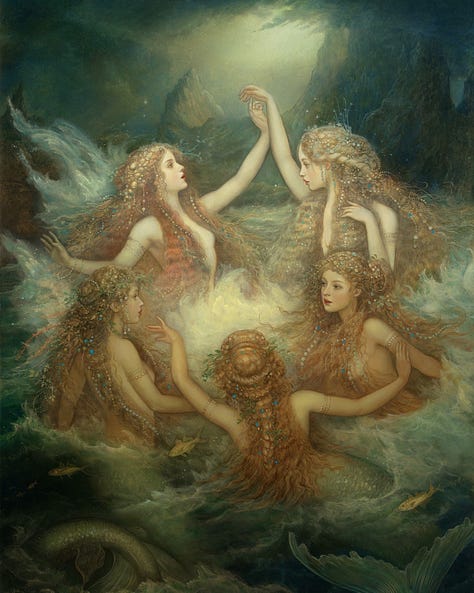

It is their role to hold space for others, just as they were held, and to protect the vulnerable, guiding those who enter the Arkteia to reclaim their wildness and primal truth. In this role, the amphipoloi embody Artemis’ nurturing and fierce protection. They are the bearers of wisdom, the ones who have danced through their own shadows and grief, and who now hold the collective strength of the community. As they lead the younger women in the sacred dance, they act as living examples of how grief can be transformed into strength and how the wildness of the soul, once buried, can be reclaimed. Their task is not just to lead, but to protect and empower the next generation of women, ensuring that the sacred traditions and the truths of Artemis are passed down.
Mothers of the Wild
But not all women who enter the Arkteia become amphipoloi. For some, the journey through the sacred dance is only one chapter in their lives. As they emerge from the grove, having integrated their grief and childhood wounds and aligned with their sacred power, they may feel the pull to create their own families and forge their own paths in the world. These women, though they may leave the sacred dance, carry its teachings with them. They become bearers of the wild feminine in their own right, nurturing the next generation of children with the same strength and protection that Artemis offers to her followers.


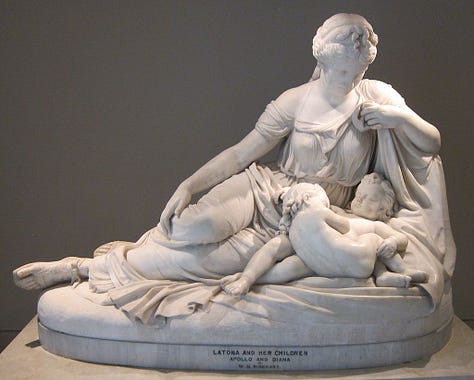
For these women, their power is found not in leading the dance, but in nurturing life in other ways. The wildness of Artemis flows through them as they become mothers, daughters, and protectors in their own families. Their strength lies in the way they embrace their sacred role as creators, fierce protectors and nurturers, weaving the wisdom of the wild into their homes and communities. They may no longer dance with the bears in the sacred grove, but they continue to embody Artemis’ spirit in their own unique way. In both paths, whether as amphipoloi or as mothers, these women continue the legacy of Artemis and the Sovereignty Goddess. They carry the wisdom of the sacred dance, the lessons of grief and transformation, and the wildness of the feminine soul.
As amphipoloi, they guide the next generation of women in their journey of soul restoration, holding space for grief, and offering protection, strength, and wisdom. As mothers, protectors and nurturers, they pass on the sacred teachings of Artemis to their own children, ensuring that the wild feminine will never be forgotten. Each woman, in her own way, becomes a protector and guide, whether she is leading the sacred dance of Artemis or nurturing the next generation of souls.
The Wise Crone
Becoming in later life the wise crone, who holds the wisdom of the feminine. Knowing the secrets of both its wildness, sovereignty and care. The wise old woman, like Hecate is the embodiment of the crone energy. She is wise, fearless, and unwavering in her knowledge that transformation is often painful but always necessary. She is there to ensure that the initiate does not shy away from the hard parts of their soul's work, but instead, she empowers them to fully embrace it. Their emotions, natural cycles, sexuality and power.
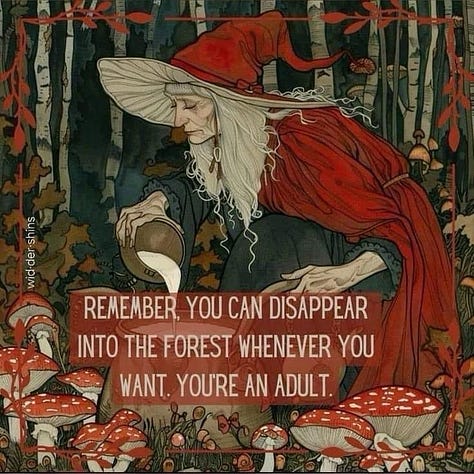
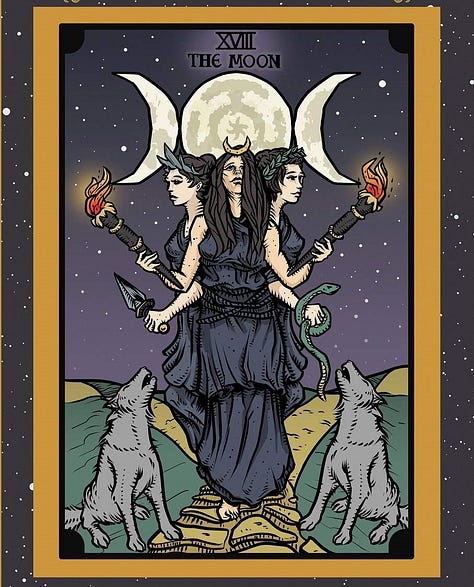
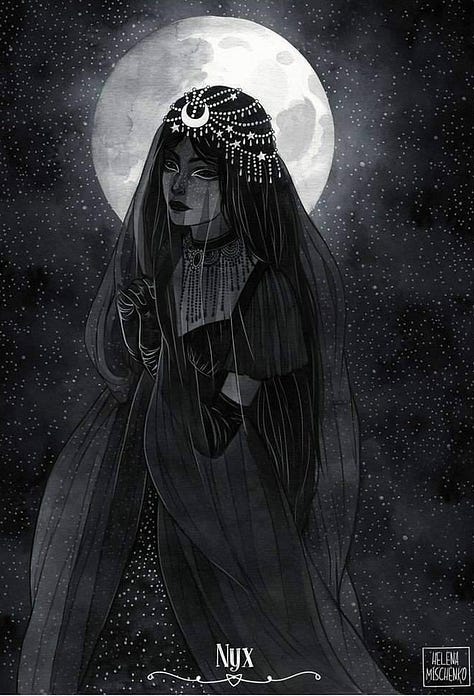
Hecate and the Sovereignty Goddess embody the feminine symbol of the Self, representing the wholeness of a woman’s soul. Hecate, as the crone, is the guide into the depths of the unconscious, where transformation and self-awareness reside. She leads women through their shadows, teaching that true wholeness is found by embracing both light and darkness. The Sovereignty Goddess, with her regal presence, is the protector of the feminine’s power, a force of autonomy and sacred sovereignty. She is the mighty queen with her sacred serpent, who like Lucia Nyktelios and Persephone oversee the wilderness journey.
The Cycles of the Moon
When it comes to the sacred feminine, the waxing moon, like Artemis, shines light on the potential in the darkness, urging us to hold hope, to move through grief without losing ourselves. Like the cycle of menstruation, which begins with the quiet, reflective new moon phase, Artemis’ energy teaches us the importance of embracing our solitude and our inner wisdom. To go into the inner wilderness and find our sacred grove. Where the bear lives. Juno-Feronia’s maternal presence is the nurturing, life-giving force of the mother, whose energy sustains and guides life through its stages. She is the full moon. So the phase in the lunar cycle that represents culmination, fullness, and release. Her wisdom is about letting go of what no longer serves us, just as the earth receives the dead leaves, transforming them into nourishment for new life. She is she who both nurtures and withholds. She has the wisdom of rejuvenation and flow, knowing that to renew, it also means to let go. Like the womb shedding its layers, releasing its blood.
Hecate, the goddess of magic, crossroads, and the underworld, is the further the embodiment of wisdom, transition, and the shadow. As Crone, she represents the end of a cycle and the space where all things are transformed. Hecate’s energy is crucial when we consider the waning moon, the dark moon phase, times of surrender, introspection, and letting go. She is the other side of Juno-Feronia in the more Proto-Indo-European sense. Like the waning moon, which diminishes and allows the new cycle to begin, Hecate helps us move through the dark space of grief with the understanding that letting go is a form of rebirth. She asks us to release attachments and to embrace the emptiness as a fertile ground for growth. In menstruation, we see the body’s natural process of shedding, releasing, and cleansing. This mirrors the emotional cycles we go through during grief.





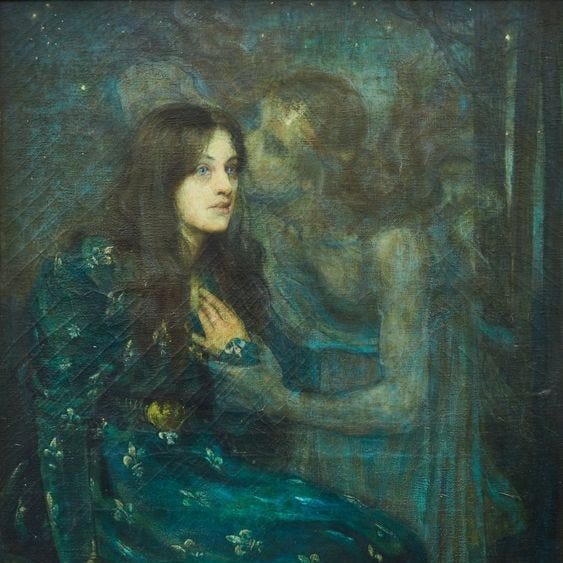

You are bringing the language of the deep psyche to our modern world view. It’s through linking the ancient mythical stories to our Mother Earth’s tears that we can find a way forward. She speaks through the goddesses. Thank you Daughter of the Wild.